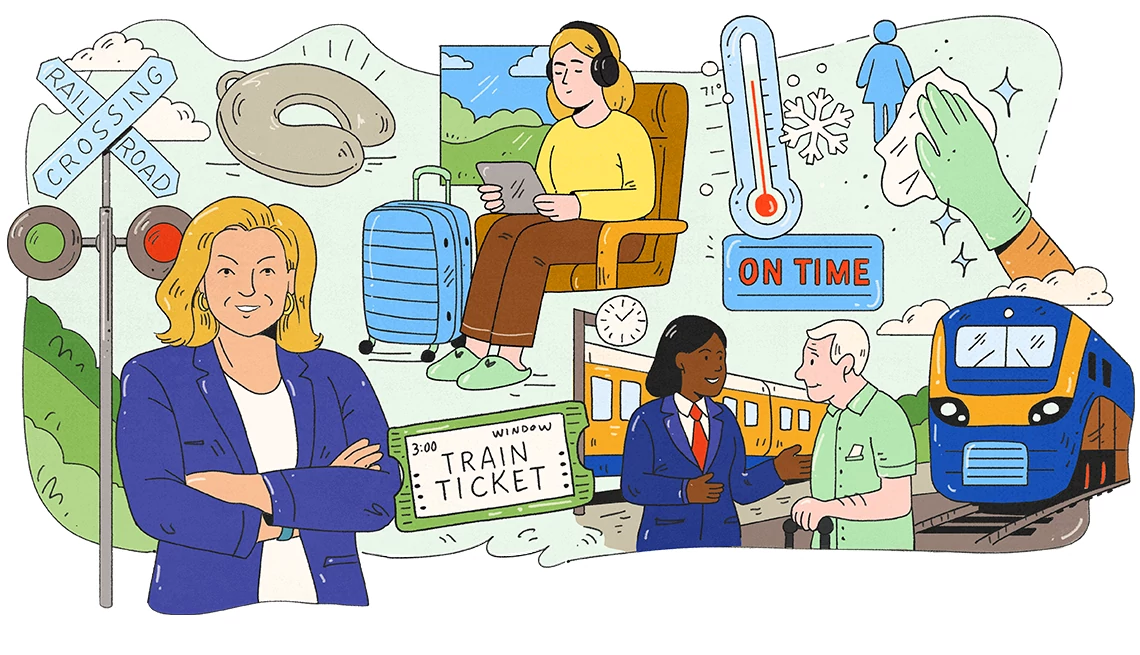AARP Hearing Center
Background
Flextime, part-time work, flexplace, telecommuting, remote working, and job-sharing are examples of flexible work options. They appeal to workers of all ages. These arrangements may enable people with health problems or disabilities to remain at work. Flexible work options also can encourage older workers to stay in the labor force longer. In addition, they may allow working caregivers to fulfill both their caregiving and paid-work responsibilities more easily.
Phased-retirement programs enable an employee who is approaching retirement age to continue working with a reduced workload. The employee eventually transitions from full-time work to full-time retirement. Receiving pension distributions during this period can make the transition possible financially. Changes to tax laws and regulations may be necessary to encourage more employers to offer phased-retirement programs.
WORKPLACE FLEXIBILITY: Policy
WORKPLACE FLEXIBILITY: Policy
Flexible work options
Public and private employers should provide more flexible work options. This should include alternative work schedules, flextime, telecommuting, remote work, job-sharing, and bridge jobs with prorated compensation and benefits. Employers must consider providing remote work as a reasonable accommodation for a worker with a disability even if they otherwise prohibit their employees from working remotely.
Work and retirement benefits
Public and private employers should offer phased-retirement programs and retiree reemployment programs that encourage employees to stay in the workforce beyond the time they would typically plan to retire. The programs should protect the adequacy of their pension and retirement benefits until they do fully retire.
Phased-retirement options must be voluntary for employees. They should be designed to protect workers’ benefits both during phased retirement and after full retirement. Any such program should not undermine the long-term retirement security of workers who choose to participate.
Employers should fully inform their employees about the effect of phased-retirement programs on eligibility for and accrual of health and pension benefits.
Policymakers should eliminate barriers to the adoption and acceptance of phased-retirement programs. They should ensure that such programs protect workers’ rights and financial security.
Public and private agencies should educate employers about how to implement successful phased-retirement programs. Employers should be educated about how to resolve potential legal issues surrounding such programs and how to reconcile them with company policies around flexible work options.































































